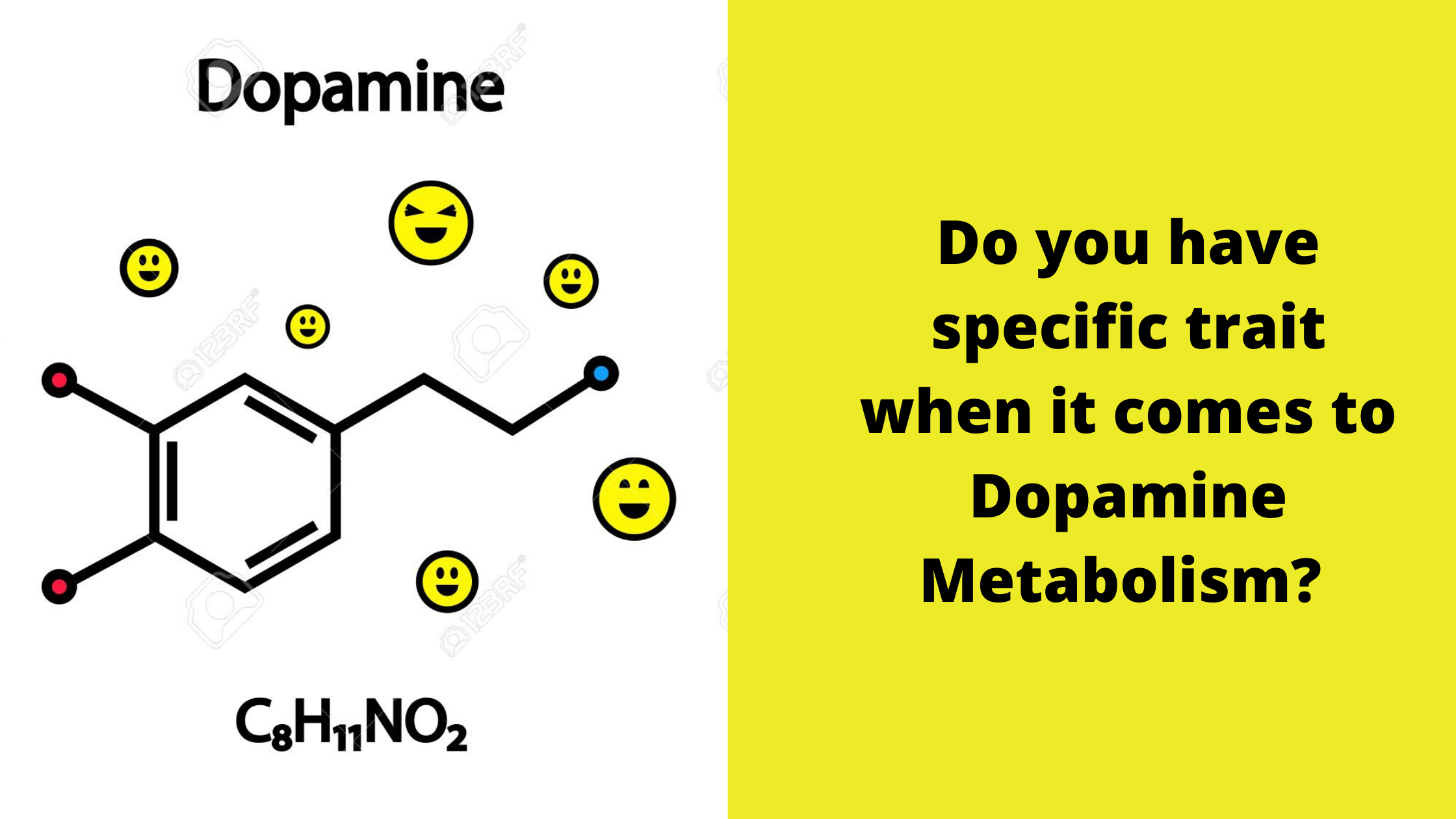Dopamine, in simple terms, means happiness or reward you get from doing something you like. In scientific language, Dopamine is body’s chemical release due to its release in response to food, drugs, some achievement, sex or rewarding social interactions. It plays a variety of roles like control of movement, regulation of fluid balance & blood pressure and boosting motivation.
Dopamine functions as a neurotransmitter (nerve signalling molecule), conveys electrical messages by moving between neurons.
Dopamine has earned its name as the body’s pleasure chemical by its role in the reward-learning process of associating pleasurable sensations with certain stimuli such as food, drugs, exercise,etc.. For instance, while experiencing pleasure when we eat ice cream, the brain associates the smell, taste & texture of ice cream with a pleasurable experience, leading us to want & consume more of this. The process is called reinforcement. Reward learning & reinforcement is mediated by a network of structures in the brain called the reward system. Our reward system is particularly rich in dopaminergic neurons which are activated in response to rewarding stimuli.
Basal Ganglia is a network of interconnected structures within the brain that help to control movement. This contains a network of both inhibitory & excitatory neurons. These neurons help muscles to execute appropriate movements by the brain while rejecting unwanted movements.
Besides acting as a neurotransmitter in our brain & central nervous system, Dopamine acts as a hormone in wider tissues in our body. One of the major roles of dopamine as a hormone is regular blood pressure & blood volume. When dopamine circulating in the bloodstream binds to receptors on blood vessel walls, it causes them to dilate, leading to an increase in blood flow to target organs as well as decrease in blood pressure.
Dopamine is also produced by cells lining the tubules of our kidneys. When Dopamine binds to a receptor in our Kidneys, it increases the excretion of sodium ion & water into urine which results in drop in blood pressure.
How is Dopamine made?
- It is made in the brain & central nervous system.
- Adrenal glands (located above the kidneys).
- Cells in Tubules of kidneys.
Dopamine is derived from non-essential amino acid tyrosine. Dopamine works by binding to dopamine receptors on the surface of neurons & other cells and cascades a series of chemical reactions. These chemical reactions modify other key molecules (enzymes, other neurotransmitter receptors) that are responsible for the effect of Dopamine.
The dopamine metabolism (COMT) trait specifically focuses on the activity of the COMT enzyme which is encoded by COMT gene. Variants of this gene can result in reduced or increased enzymes which in turn influences dopamine levels. Based on the variant of COMT gene you carry, you can have three trait bands: low, medium & high dopamine metabolism. People with low dopamine are more exposed to anxiety during stress as well higher chances of stress & sleep disturbances. Those with high dopamine metabolism, due to their better ability to deal with psychological stress, are more susceptible to central fatigue & have reduced motivation.
Looking to discover your dopamine metabolism personal trait? We unlock your genetic code & use genetic insights to structure & personalise fitness program aligned with your health goals Sign up here: https://thesushantkumar.com/online-fitness-coaching/
